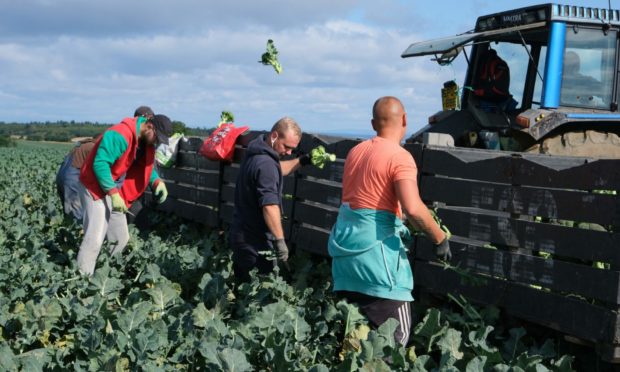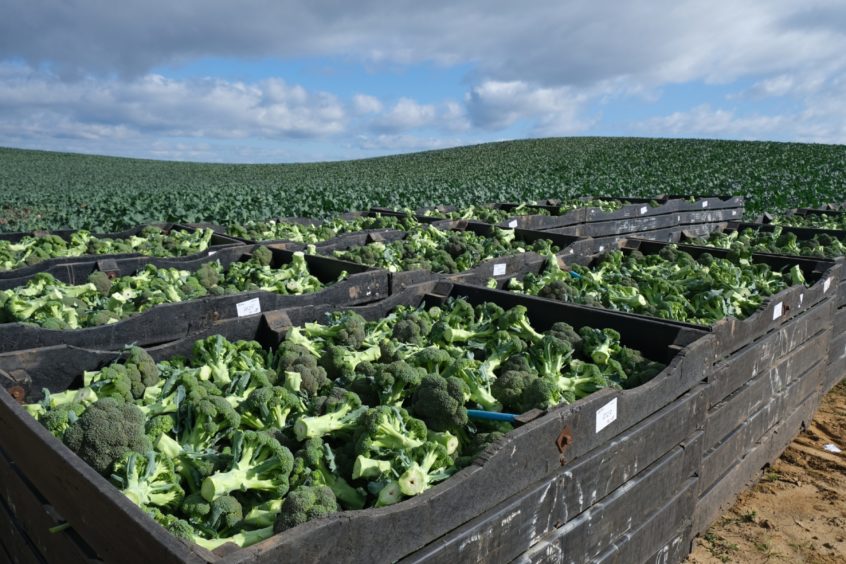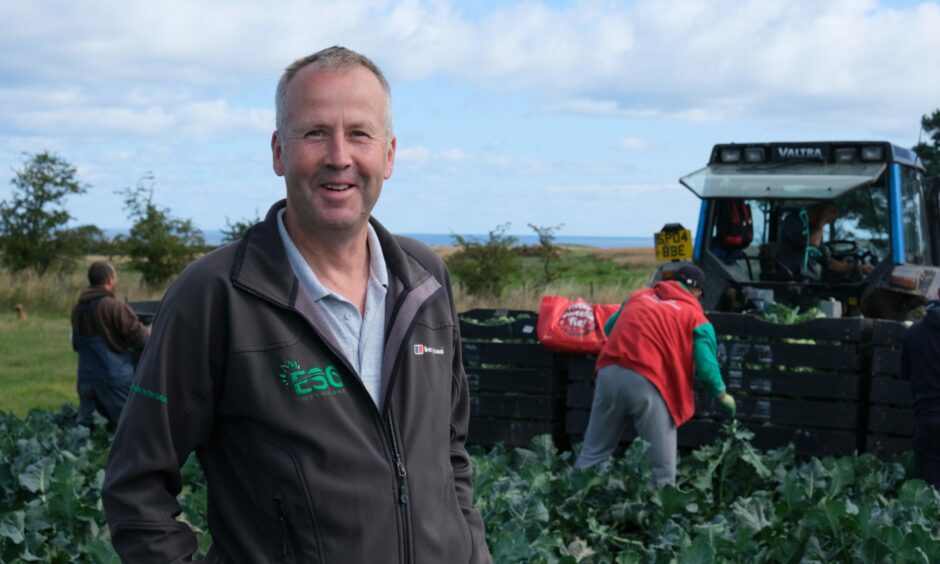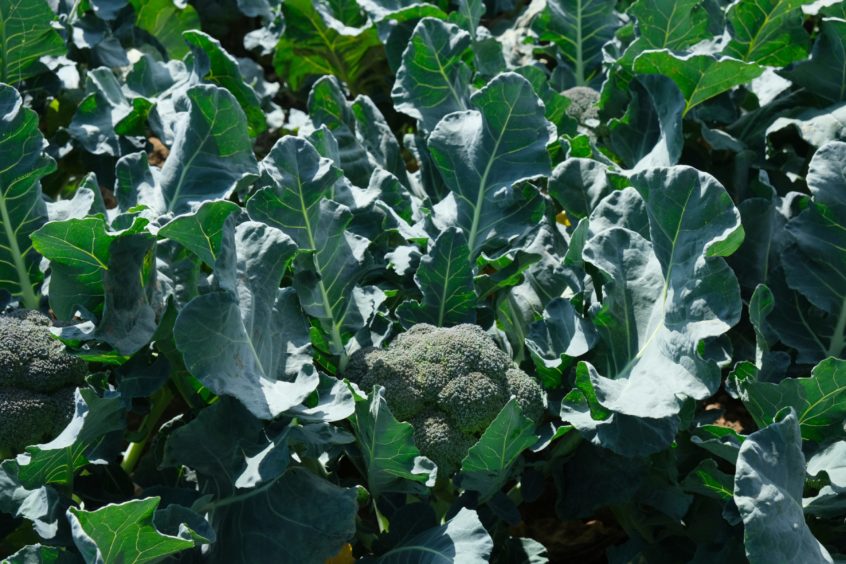Broccoli is flying through the air into wooden boxes in fields across eastern Scotland this month as the region’s brassica harvest moves into full swing.
Teams of five migrant workers wade slowly through the squeaky-dry crops, each worker selectively cutting 300 heads per hour, catapulting them into the boxes and communally chalking up a harvest of six tonnes by the end of the day.
It’s an impressive feat, and the teams are fast, but accessing the skilled labour has become increasingly difficult, leading the East of Scotland Growers (ESG) cooperative to accelerate the transition from picking by humans to harvesting by machine.
ESG is the largest brassica grower in the UK, and vice-chairman Ian Brown, who grows 450 acres of broccoli in fields across Fife, says the group is at the forefront of product innovation, with a major milestone scheduled to be unveiled in eastern Scotland next month.
“The cooperative has invested £50,000 in the research and development of an automated selective harvester,” he said.
“The new machine will examine the size of each head and only harvest those of the specific weight it is programmed to select. If the concept is proven, members will have the option of investing in a machine for next year.
“We’re also setting up a demonstration of a complete harvester which will crop every head, but that’s still at the development stage.”
New technology comes at a cost, of course, and the estimated price of an automatic harvester is £200,000, but growers believe they need to take control of the deteriorating labour situation.
They are also evaluating new varieties which produce more consistent crops to help with automation at harvest. The aim to to produce heads that sit higher out of the plant, making them more accessible and 15% more efficient to harvest.
Mr Brown said: “The results are already evident in the field, where selective harvesting teams, looking for 400g heads, are currently harvesting 90% of heads in the first pass.
“An uneven crop can take three passes.”
Innovation is also taking place at planting time. Mr Brown took delivery of a 140,000 euro robotic planter this year which he used for two thirds of the season and halved the season’s labour bill.
“We’ll use it to plant all our own crops for the whole season next year, and other growers have been looking at it too, so we expect a few to switch over,” he said.
“Other innovation includes using water injection and starter fertiliser on every plant that goes into the ground which allows the crop to be established without irrigation in a dry season. We can also be more prescriptive about the crop’s nutrition.”



